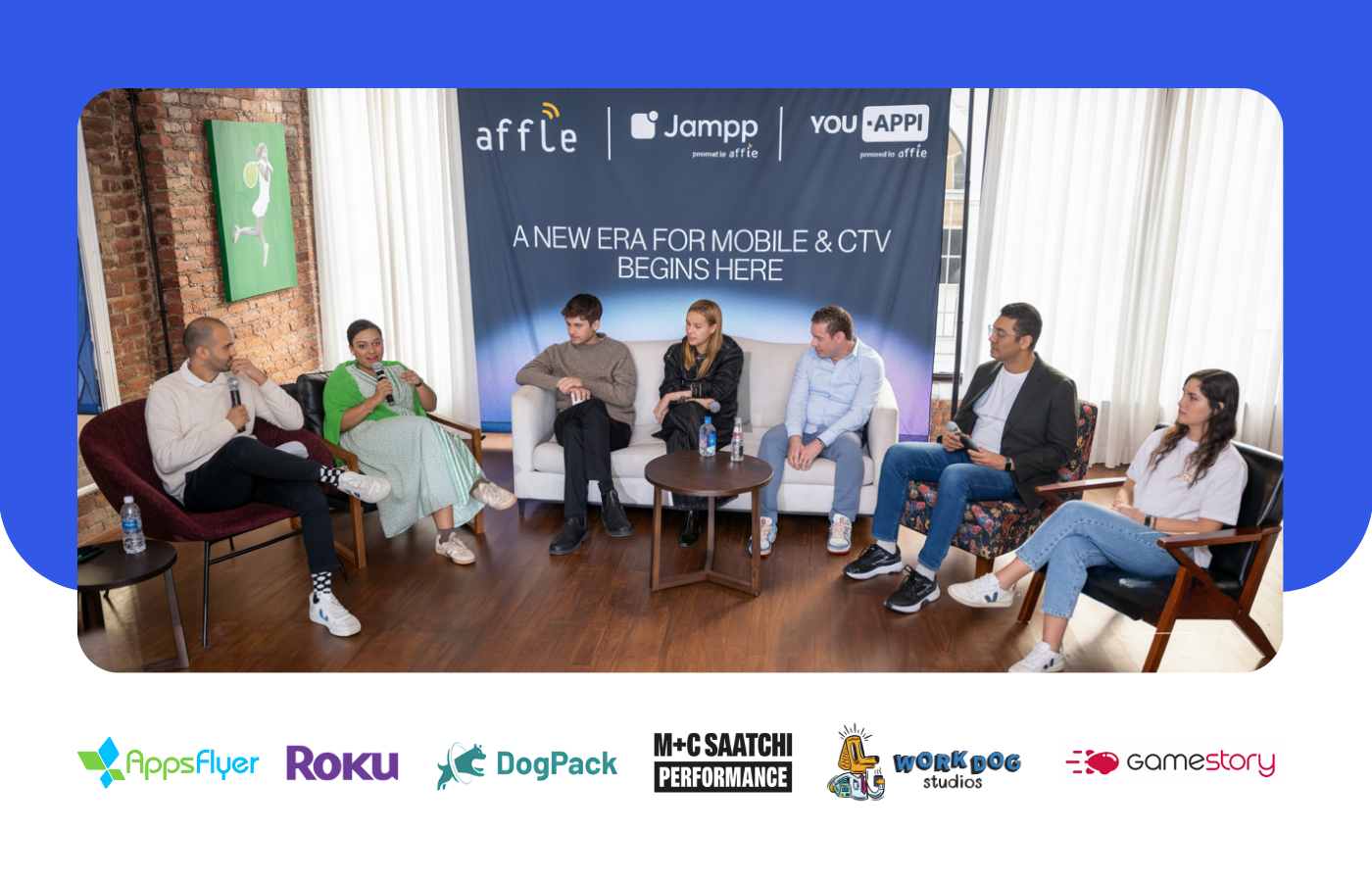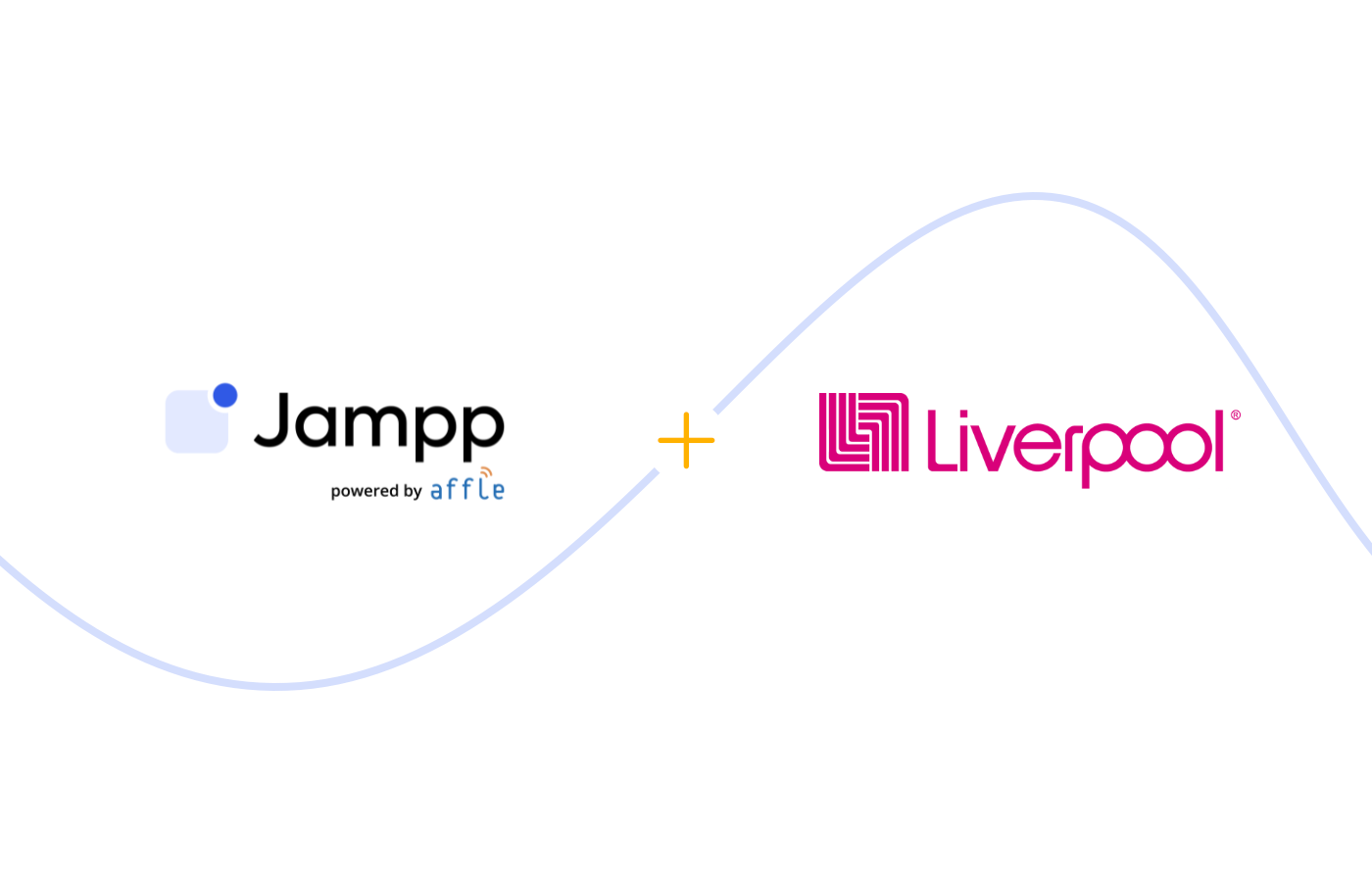Programmatic Summer School: The Recap
We recently participated in the third session of Mopub’s Programmatic Summer School, where we discussed KPIs, campaign activation, creatives and more! Here are our takeaways and best practices.
July 21, 2020

We recently participated in the third session of Mopub’s Programmatic Summer School, where we discussed KPIs, campaign activation, creatives and more!
Mopub’s Franklin Ramirez and Julia Martin co-hosted the webinar integrated by Georgia Herdener, Senior VP at CrossInstall, Srinivas KC, VP & General Manager at Inmobi, and Andrew Whiteside, Head of Sales of North America from our team. In this post, we highlight the main takeaways from the session.
Campaign Activation: Setting Expectations
#1 How long does it take to find performance via programmatic?
This is one of the top questions app marketers have. As is often the case in programmatic, it comes down to data points.
“It’s less about a time-restraint and more about how much data we collect, which is directly reflected by how much budget we are given.” - Georgia Herdener
Larger budgets upfront will result in faster data collection and the ability to build predictive models quicker. Smaller budgets can work too, but they will result in longer exploration phases and subsequently take longer to deliver positive results. It’s also important to consider the vertical.
“Scaling and optimizing is tied to each vertical, since you have to get to a certain number of key events: a food order is much easier to optimize towards than booking a flight. Similarly, if you are optimizing towards lower-funnel events, it will take longer. As you keep these funnel events in mind, it will dictate how many impressions you’re going to need to buy and how much time it will take.” - Andrew Whiteside
Finally, when talking about exploration and optimization, it’s important to consider creatives.
“... this is one very important aspect of programmatic (...) [ It’s] counter to what you would do in Google or Facebook, where targeting is the primary feature that drives immediate scaling. But in programmatic when you test 40, or 50 different creatives on a very large user base the exploration is much much wider and the iteration time frame also becomes much wider.” - Srinivas KC
#2 What are the best KPIs in programmatic? Should they be different from the KPIs in Social?
The business goals will be the same regardless which channel you’re investing in. That said, it’s important to keep in mind that the media buying process is different, and the costs associated with each channel may vary. When comparing media sources, it’s important to know that programmatic may require more patience/ flexibility during the initial exploration phase, since it does take more time to optimize.
In terms of benchmarks, it’s also important to look at the organic rates. Typically, paid media will not outperform those, so it’s a good baseline. Try to look down the funnel. Oftentimes, CPI gets a lot of focus, but what makes the most sense for the advertisers' business models? It might be a first purchase or first ride.
Last but not least, “always think about incrementality, whatever the KPI is, you should always be tracking the incremental effects of adding a new partner, measuring and really knowing what that investment is doing for your brand.” - Andrew Whiteside
#3 What are the best pricing models for mobile programmatic?
It’s important to distinguish the KPIs from the Pricing model. Advertisers should optimize and measure for the business-driving events. As KC said: “the pricing model matters much less. You could drive a CPM-based pricing model, CPC, CPI, all of those are equivalent as long as the DSP and the advertiser are aligned that what really matters is the CPx, where x is what’s driving your business outcome.”
Ultimately, marketers are always competing on a CPM level. “A lot of our larger partners are starting to shift towards a dynamic CPM model which aligns with the cost of the media while removing some of the incentives for potential fraud. Marketers need to make transparency part of the communication to ensure that you are getting what you pay for and know where they are actually spending their money.” - Andrew Whiteside
#4 What are the best creatives and how often should they be updated?
When it comes to creatives, advertisers have a lot of questions: What is the role of creative optimization? Is it done in real time? How often should creatives be refreshed? Is format performance related to verticals?

One thing the three panelists fervently agreed on was the importance of creatives. There's basically three levers to pull with any kind of programmatic campaign: bids/budget, targeting, and creatives. Georgia shed some light on the formats that perform well for gaming, highlighting the growing role of video, as marketers start focusing on mobile-first creatives, even though she pointed out that "If you're a casual game, it's almost guaranteed that you'll see success with a playable ad."
KC focused on the importance of evaluating not only the asset but also the container. In other words, how the ads render on different placements. “We worry about the container, what does the ad look like and what is the density of the ad that we need to ship to make sure that the user sees something that looks HD, well integrated with the rest of the context of the app they’re using.” - Srinivas KC
This resonates well with Jampp’s preference for Dynamic Ads, given that this format is responsive and automatically adapts to different sizes. Additionally, Dynamic Ads turn each ad element into a data point. “We can combine and test different elements in real time to see which combination works best and then we can share this with the customer through performance reports. It also allows us to iterate real time with thousands of variations and keep the creative refreshed to reduce creative fatigue.” - Andrew Whiteside
When it comes to creatives, one size does not fit all, and it’s important for marketers to iterate and work with partners that can provide creative support, and granular reports.
#5 Bonus: The elephant in the zoom: iOS 14
We solved it! 👀

Just kidding, it’s still early and we are all exploring and trying to understand its ramifications. Whether the way forward is with fingerprinting, mixed models, or a new solution, advertisers today can still run their campaigns on iOS and use those learnings to inform their decisions moving into the iOS 14 scenario. If app marketers have the opportunity to move up tests and measure incrementality, they should do it now!
TL;DR: Best practices for app marketers running their first programmatic campaigns
- Be patient: especially in the initial exploration phase.
- Set expectations with the DSP: let them know what you’ve done, what you expect, and what your concerns are.
- Clearly define the business objectives for the next phase of growth. You may want to reevaluate if you have different needs than you did when you first launched the app.
- Measure incrementality in real time: set up the campaign so you can scientifically measure campaigns’ incremental performance continuously.
- Be transparent: the more data, insights, and background information that you are able to share with your trusted partners, the better performance they’ll be able to deliver.

Wrapping Up
To learn more about programmatic advertising see the full session here. For more insights, and the best User AcquisitIon and App Retargeting solution on the market, get in touch!

Subscribe to our email newsletter









